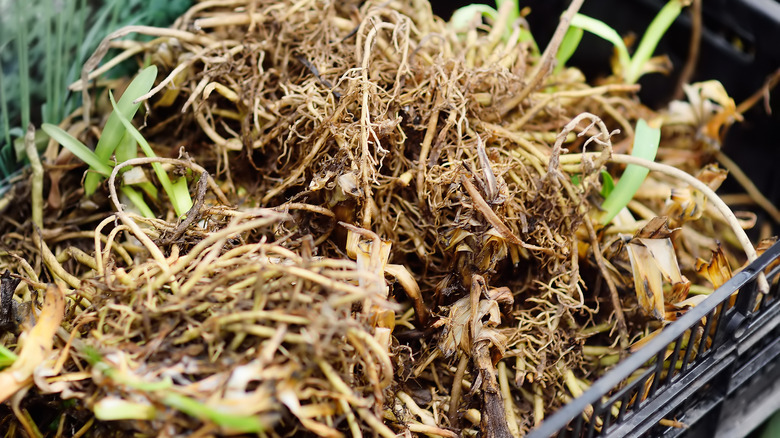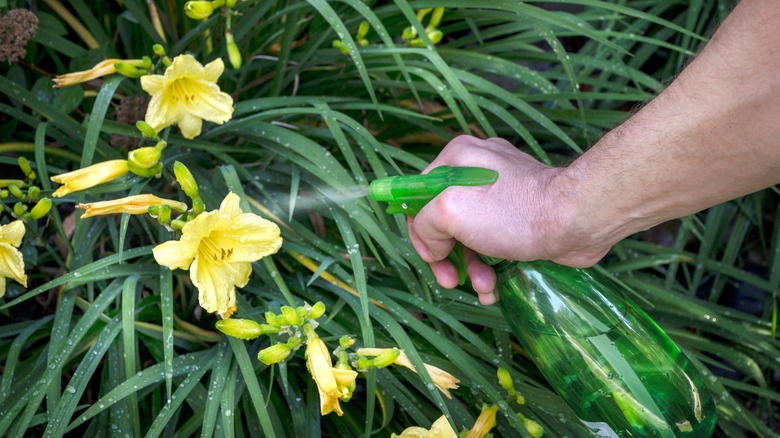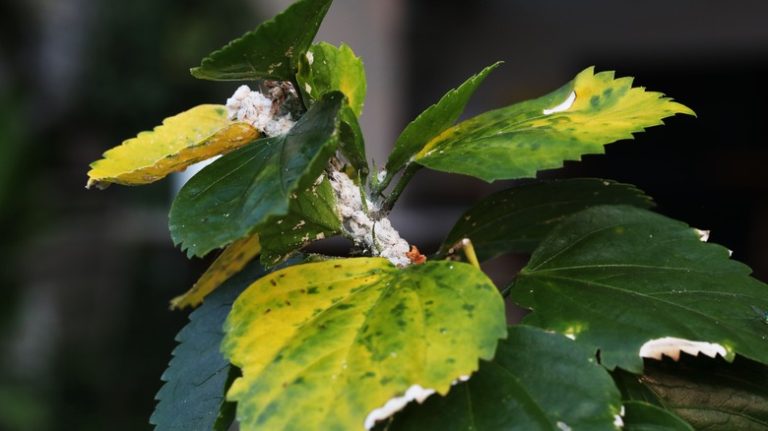If your garden is starting to look more like a daylily farm, you’ve got a situation that calls for intervention. Depending on your preferences, there are a few different methods for dealing with invasive daylilies. Among the most effective are digging them up or mowing, laying down mulch, or using a systemic weed killer. But let’s zoom out for a moment: what exactly are daylilies? Despite their name, these perennial garden flowers aren’t true lilies; they belong to the Hemerocallis genus. And despite their vibrant beauty, not all daylilies are friendly. While some are well-behaved tenants in the garden, others, like the common orange daylilies (also known as ditch lilies or tiger lilies), act like invasive squatters. They are resilient, invasive, and notoriously difficult to evict once they’ve moved in.
So why are these daylilies such a problem? Well, it’s not just their invasive tendencies; it’s also the speed and aggressiveness with which they spread. They have a knack for overshadowing other plants in terms of space and competing for resources like nutrients, water, and sunlight. The result? Your other plants get choked out, leaving you with a less diverse, less balanced garden. And if you think you can ignore them and they’ll just behave, you’re in for a rude awakening. Left unchecked, these daylilies can dominate your outdoor space, reducing the diversity of your garden.
Digging, mowing, and mulching: the mechanical approach

Starting with the hands-on methods, digging, mowing, and mulching each offer distinct advantages. For a moderate daylily invasion, you can’t go wrong with digging. When you dig out daylilies, immediately place the root clumps in a sealed yard waste bag or a designated disposal area away from your garden. You don’t want discarded daylilies to take root elsewhere. Sealing them in a bag for disposal or burning them prevents unintended propagation. It’s also wise to revisit the excavated area periodically to catch stray daylily shoots that may have escaped your removal. Don’t underestimate their resilience.
Mowing also provides another avenue for management but requires continuous vigilance. Dial your mower to its lowest setting to cut the plants to the nub. If you choose to mow, don’t treat it as a one-time task. Instead, actively monitor your garden for new growth. The moment new sprouts appear, mow them down to interrupt their life cycle and prevent them from taking over your space again. After mowing, apply a heavy layer of organic mulch like wood chips or straw. Pile a 4 to 6-inch-deep layer, which will help block sunlight, making it difficult for any remaining daylilies to grow. As the organic mulch decomposes, it enhances soil structure and nutrient content. This dual-action approach helps eliminate the existing daylilies and fortifies your garden against future invasions.
Using a systemic weed killer: the chemical route

If mechanical methods sound like too much work, or if you’re dealing with a particularly stubborn infestation, using a systemic weed killer is another viable option. In contrast to contact herbicides, which only affect the parts of the plant they touch, these weed killers penetrate the plant’s entire system and effectively kill it from the inside out. If you’re dealing with a substantial area of daylilies, consider spot-treating with the herbicide. This means using a targeted applicator like a spray bottle to apply the weed killer directly to the daylilies, minimizing harm to adjacent plants. Also, it’s best to apply it on a calm, hot day to increase effectiveness. Daylilies are more likely to absorb the chemical under these conditions. However, take care to protect the plants you want to keep; systemic herbicides are not selective and will harm any vegetation they come into contact with.
Follow the manufacturer’s instructions for application rates and safety precautions. Moreover, some systemic weed killers may require several applications or take some time to show results. Lastly, if the daylilies are close to water sources, be especially cautious with herbicides due to the potential for water contamination. In such scenarios, manual removal is often the safest course of action despite being labor-intensive. All in all, whether you prefer the mechanical or chemical route, the key is to be thorough and consistent in your efforts. Remember, daylilies are resilient plants; they won’t go away without a fight.




